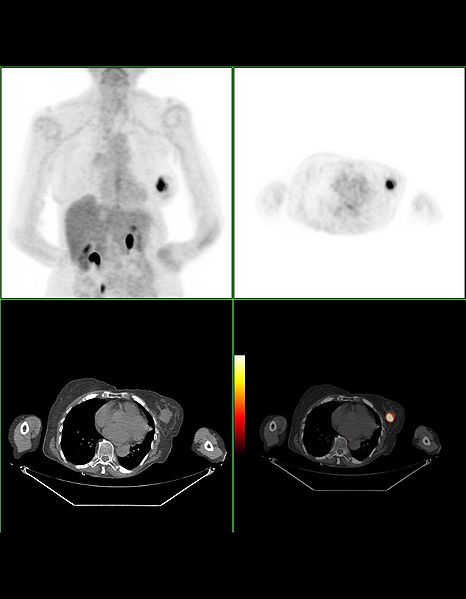
Fundraising for medical research has become an important element of raising disease awareness, and nowhere has it been more effective than for breast cancer. With the Susan G. Komen Foundation, which was established in 1982, millions of women and their families have been educated about  breast cancer treatment, prevention and support. Other efforts have been established around the world to help people learn more about the disease and how it can affect them, as well as to raise money for both research and treatment.
The latest statistics for breast cancer among Filipino women are grim: according to an article on Xinhuanet.com, three out of every 100 women will develop breast cancer in their lifetimes. And breast cancer has surpassed lung cancer as the most common cancer in the country. Raising awareness, as well as funds, in the Philippines is critical to fighting breast cancer.
Tying a pink ribbon
Social causes haven’t always been as well-organized as they are now; while private foundations have been established over the decades to help eradicate various diseases, it wasn’t until the Pink Ribbon Foundation was established in the early 1990’s that a dedicated effort to fight breast cancer was made. With the help of founder and pink ribbon creator Evelyn Lauder, the trend became an icon of breast cancer awareness.
Donating a stamp at a time
And several countries have joined the fight against breast cancer by issuing postage stamps to help raise money for the fight against breast cancer. The U.S. issued its first breast cancer research stamp in 1988, which has sold approximately $75 million since they were introduced; the stamps cost a bit more, but the extra money is donated to breast cancer research. More than 15 other countries now issue the stamp, and citizens of the Philippines are lobbying their government to join. The Philippines was one of the first countries to offer a stamp that help raise money for medical research with its anti-tuberculosis stamp introduced in the 1950’s.
A world free of breast cancer
There are several risks and factors that lead to a woman developing breast cancer, and elements like heredity and environment are often out of a woman’s control. But efforts to teach women and their families about breast cancer include education about the risks and factors they can control—diet, exercise, and other chemical exposures—and how they can seek appropriate treatment. With the work of ordinary people and the research of the medical community, the world is closer to a cure than ever before.
Breast cancer has taken the lives of women all over the world, and while we’ve made progress toward helping women survive and live with the disease, there’s still more work to be done. It’s important that both men and women are aware of how breast cancer can affect them, and of what they can do to help make breast cancer a distant memory.
I have run 2 marathons for breast cancer and they both felt like i was dying but there is not enough awareness out there even with the millions of articles written. Keep up the work.
Thank you! My wife’s aunt was a cancer victim. God rest her soul. Love what you’re doing and keep up the great work!
I know so many many that are survivors or currently struggling through treatment. Breast cancer awareness is key. Thanks for your post.
This type of awareness is very important in order to fight against this cancer.You’re doing a great job.Keep up the work.
I think awareness is the most important thing. It has troubled my family and many others I know. I am glad that it is getting the attention it needs.
The next generation of breast cancer detection is now in the Philippines.
The Biofield Diagnostic System gives accurate and rapid results after 15 minutes.
Benefits are: Painless, non-invasive, 98% High-sensitivity, Low Risk, Rapid result and Less Expensive.
BDS obtains a Bio-electric Measurement:
– Electrical signal on skin surface
– Compares suspicious quadrant to uninvolved quadrants.
– correlates with cellular proliferative activity.
This technology shortens the diagnostic pathway as compared to mammography and biopsy.
For more information about BDS and its competitive benefits, visit http://mackaylifesciences.ph/